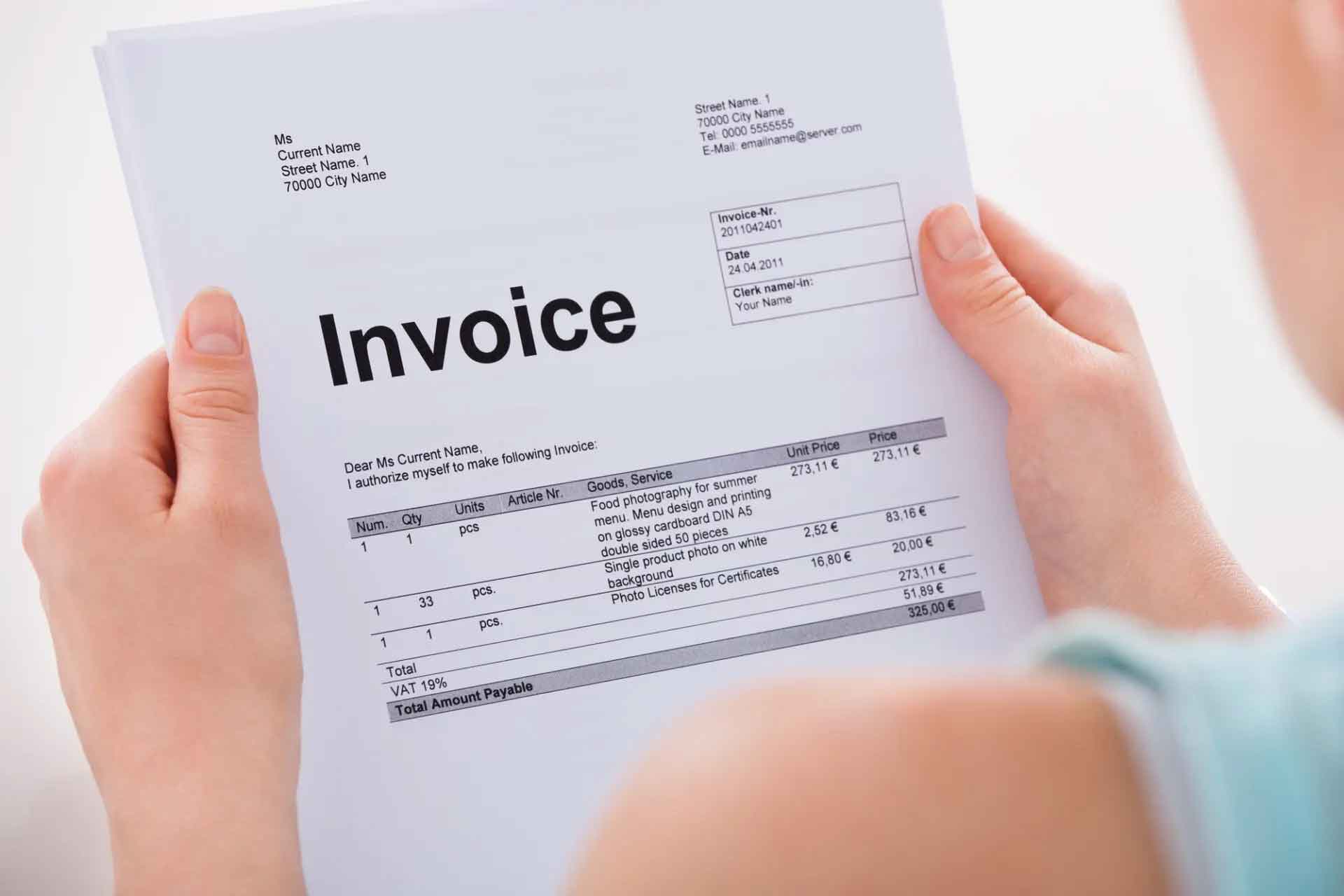

Finance
Terminal Elevator Definition
Published: February 7, 2024
Learn the terminal elevator definition and how it relates to finance. Discover its role in financial markets and its impact on investment strategies.
(Many of the links in this article redirect to a specific reviewed product. Your purchase of these products through affiliate links helps to generate commission for LiveWell, at no extra cost. Learn more)
The Terminal Elevator Definition: All You Need to Know
Welcome to our blog on finance! In this article, we will explore the terminal elevator definition – an important concept in the world of commodity markets and finance. If you’ve ever wondered what a terminal elevator is and how it relates to the finance industry, you’ve come to the right place. Read on to discover all you need to know about terminal elevators!
Key Takeaways:
- A terminal elevator is a specialized facility that stores and processes bulk commodities such as grain or oilseed.
- These elevators are strategically located near transportation hubs, such as ports or railways, to facilitate the efficient movement of commodities.
Now, let’s dive into the terminal elevator definition and gain a deeper understanding of its significance in the finance landscape.
What is a Terminal Elevator?
A terminal elevator, also known as a grain elevator or a silo, is a facility specifically designed for the storage, processing, and transfer of bulk commodities, primarily grains and oilseeds. It serves as a crucial link in the supply chain, connecting commodity producers with end-users. These facilities are typically found in regions where agricultural production is high and serve as key components in the transportation and logistics infrastructure.
Terminal elevators are strategically located near transportation hubs, such as ports, rail terminals, or waterways. Their proximity to these transportation links ensures efficient movement of commodities to market, allowing for global trade and distribution. These elevators play a vital role in supporting the agricultural sector and the smooth functioning of commodity markets.
Terminal Elevator Operations
The primary operations of a terminal elevator involve receiving, storing, processing, and distributing bulk commodities. Let’s take a closer look at each of these operations:
- Receiving: Terminal elevators receive bulk commodities directly from farmers, aggregators, or transportation systems. The commodities are inspected, weighed, and quality tested to ensure adherence to industry standards.
- Storage: Once received, the commodities are stored in silos or bins within the terminal elevator. These storage facilities are designed to maintain optimal conditions, including temperature and moisture levels, to preserve the quality of the commodities.
- Processing: Some terminal elevators have processing capabilities that involve cleaning, drying, and separating the commodities before they are ready for distribution. These processing steps help remove impurities and enhance the quality of the commodities.
- Distribution: Terminal elevators are equipped with loading facilities, such as conveyor systems or truck scales, for efficient distribution of the stored commodities. The commodities are loaded onto trucks, railcars, or barges, depending on the transportation mode required to reach their destination.
Importance in Finance
The terminal elevator definition may seem specific to the agricultural and logistics industries, but its significance extends into the realm of finance. Here’s why:
- Price Discovery: Terminal elevators serve as key points for price discovery in commodity markets. Traders and investors closely monitor these facilities to gauge supply and demand dynamics, influencing commodity prices and futures contracts.
- Financing: Terminal elevators are essential for commodity financing arrangements. Commodity producers often use the stored commodities as collateral for loans, allowing them to access financing while awaiting optimal market conditions.
- Risk Management: The storage capabilities of terminal elevators enable farmers and commodity suppliers to hedge against price volatility by storing commodities during periods of oversupply or unfavorable market conditions.
Overall, terminal elevators play a pivotal role not only in the agricultural supply chain but also in the broader financial ecosystem, connecting producers, traders, and investors in the commodity markets.
Now that you have a comprehensive understanding of the terminal elevator definition, next time you come across this term in financial discussions or while analyzing commodity markets, you’ll be equipped with the knowledge to recognize its importance.
Thank you for reading our finance blog! Make sure to explore our other articles in the “FINANCE” category for more informative content.














